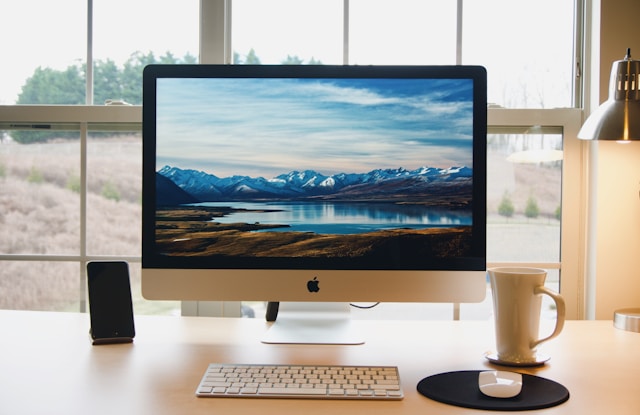Managing users on your Mac is an important part of keeping your computer organized and secure. Whether you share your MacBook with family, colleagues, or simply want to remove an old profile, knowing how to delete a user on Mac can save space and improve performance. macOS provides built-in tools to easily remove accounts, but the steps vary depending on whether it’s an admin, standard, or guest user.
In this guide, we’ll walk you through the entire process of managing and deleting user accounts safely.
Why You Might Want to Delete a User on Mac
There are several reasons to remove a user account on Mac:
-
Freeing up storage space: Every user account stores files, apps, and data in a home folder. Removing unused accounts can free significant space.
-
Improving privacy and security: If someone no longer uses the Mac, deleting their account ensures they can’t log in again.
-
Simplifying user management: Fewer accounts mean less clutter in your Mac’s login screen and better organization.
Important Things to Know Before Deleting a User
Before you delete a user account on Mac, there are a few things you should check:
-
Admin rights required – Only administrators can add or remove user accounts.
-
Backup important files – Once an account is deleted, its data may be lost permanently unless saved in a disk image.
-
Types of user accounts on Mac:
-
Admin – Has full control over the Mac.
-
Standard – Can use apps and change settings but not manage other users.
-
Guest – Temporary account with no password; data is deleted after logout.
-
Sharing-only – Can access shared files but cannot log in locally.
-
How to Delete a User on Mac
Follow these steps to remove a user account on Mac:
-
Open System Settings (or System Preferences in older macOS versions).
-
Click Users & Groups.
-
Unlock settings by clicking the padlock icon and entering your admin password.
-
Select the user account you want to delete.
-
Click the minus (-) button below the list of accounts.
-
Choose how you want to handle the home folder:
-
Save the home folder in a disk image (keeps files for later use).
-
Don’t change the home folder (keeps user files in the Users folder).
-
Delete the home folder (removes all user files permanently).
-
-
Confirm and the account will be removed.
This process works for standard accounts and most non-admin profiles.
How to Delete an Admin Account on Mac
Deleting an admin account is slightly different because macOS requires at least one administrator. If you try to delete the only admin account, you’ll run into problems.
Here’s what to do:
-
Log in with another admin account. If you don’t have one, change a standard user into an admin by selecting the account in Users & Groups and checking Allow user to administer this computer.
-
Once another admin exists, follow the same deletion steps mentioned above.
-
Choose whether to keep or delete the admin’s home folder.
This ensures your Mac always has at least one administrator to manage settings and security.
How to Delete a Guest User on Mac
If you notice a “Guest User” option on your login screen, you can disable it:
-
Go to System Settings > Users & Groups.
-
Select Guest User.
-
Toggle off Allow guests to log in to this computer.
Unlike standard accounts, guest accounts cannot be permanently deleted because they don’t store permanent files. Disabling them removes the option from your login screen.
Troubleshooting: Can’t Delete a User on Mac?
Sometimes, you might encounter issues when trying to remove user accounts:
-
Delete option is greyed out – Ensure you are logged in as an admin.
-
FileVault is enabled – Turn off FileVault encryption temporarily to delete accounts.
-
User is logged in – Log out or restart the Mac before deletion.
If the issue continues, check macOS updates or restart your Mac in Safe Mode.
Alternatives to Deleting a User
If you don’t want to completely remove a user, macOS offers alternatives:
-
Disable an account – Prevent the user from logging in without deleting their data.
-
Parental Controls / Screen Time – Restrict access for children without removing their account.
-
Archive the home folder – Save files for later without keeping the account active.
Final Thoughts
Learning how to delete a user on Mac is essential for keeping your device secure, organized, and efficient. Whether you’re removing an old admin account, disabling guest access, or simply cleaning up unused profiles, macOS makes the process simple.









